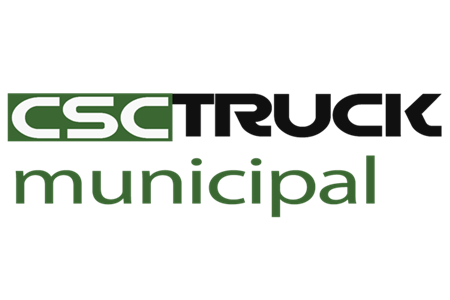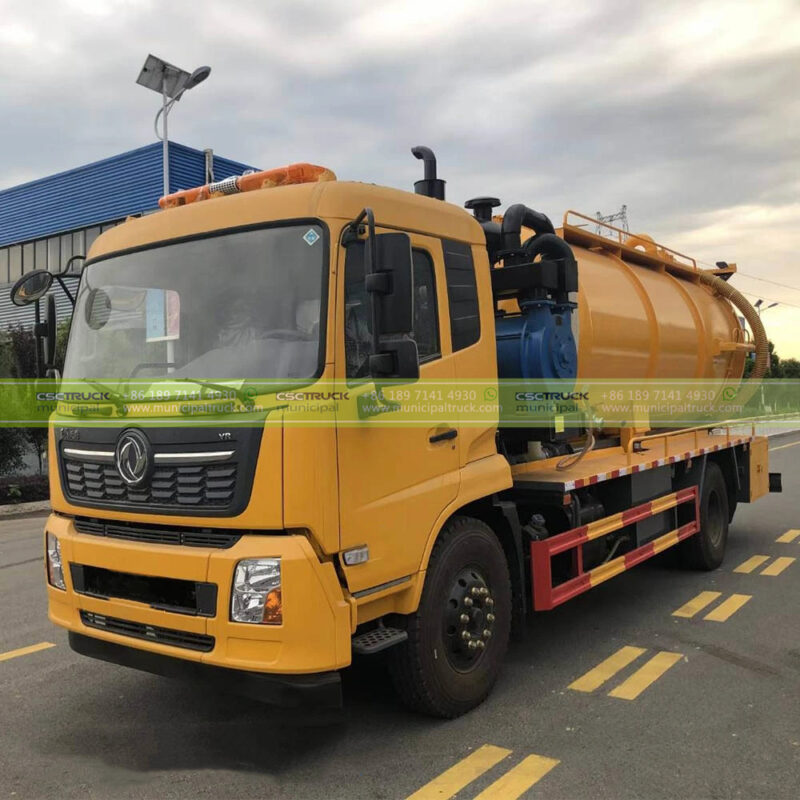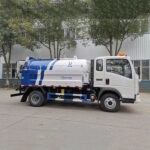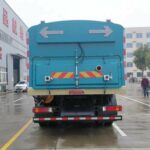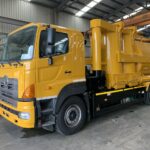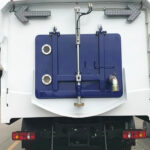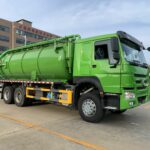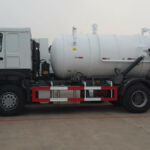The Deluge Dilemma: Urban Flooding’s Immediate Threat to Sanitation Infrastructure
Modern cities rely on intricate, often aging, wastewater management systems designed for predictable flow. When urban flooding strikes – whether from torrential rains, storm surges, or rapid snowmelt – these systems face catastrophic overload. The sheer volume of water quickly exceeds the capacity of combined or even separate sewer lines, leading to Combined Sewer Overflows (CSOs) or sanitary sewer backups. This inundation doesn’t just cause inconvenience; it creates an acute public health crisis. Raw sewage, laden with harmful pathogens (bacteria, viruses, parasites), toxic chemicals, and hazardous debris, mixes with floodwaters, contaminating streets, basements, and even drinking water sources. Preventing the rapid spread of waterborne diseases like cholera, hepatitis A, and severe gastroenteritis becomes paramount. Furthermore, uncontrolled wastewater can inflict severe structural damage on infrastructure, corrode foundations, and create widespread environmental contamination of waterways. In these critical first hours and days, sewage trucks transition from routine maintenance vehicles to indispensable emergency response assets, forming the backbone of efforts to mitigate disaster, protect public health, and initiate recovery.
Mobilizing the Fleet: Sewage Truck Types Deployed in Crisis
Not all sewage trucks are created equal, and flood response demands a fleet with specialized capabilities deployed strategically. Understanding the distinct roles is crucial:
- Vacuum Trucks (Vactor Trucks): The undisputed workhorses of flood sewage response. These trucks combine a powerful vacuum system with high-pressure water jets and a large debris-laden sewage tank. Their primary function is rapid dewatering – removing vast quantities of contaminated water and semi-solids from flooded areas, particularly critical infrastructure sites like pump stations, treatment plant headworks, and submerged manholes. They excel at clearing blockages caused by debris washed into sewers and extracting thick, sludge-like mixtures from basements.
- Sewer Jetting Trucks: While also utilizing high-pressure water, jetting trucks focus on hydraulic cleaning and obstruction removal. Their powerful streams (often exceeding 3,000 PSI) scour sewer lines, breaking apart grease blockages, roots, and sediment buildup that exacerbate flooding by restricting flow capacity. They are essential for restoring functionality to partially blocked lines and preventing further backups once water levels begin to subside.
- Liquid Tankers (Non-Vacuum): These trucks, often equipped with transfer pumps, play vital supporting roles. They transport collected floodwater/sewage mixtures from vacuum trucks operating in constrained areas (where they can’t easily discharge) to larger temporary holding lagoons or accessible points in the treatment system. They may also be used for potable water delivery to compromised treatment plants or for filling temporary flood barriers.
The Emergency Response Protocol: From Activation to Execution
Effective deployment hinges on a pre-established, well-rehearsed emergency response plan specifically addressing wastewater management during floods. Key phases include:
- Immediate Situation Assessment & Resource Mobilization: Emergency managers and wastewater supervisors rapidly assess the flood’s extent, identify critical infrastructure at risk (pump stations, treatment plants, major interceptor lines), and predict potential overflow points. This triggers the activation of pre-identified sewage truck contractors and the strategic positioning of municipal and mutual aid fleet assets. Communication channels with emergency operations centers (EOCs) are established.
- Priority Targeting: Resources are directed to the most critical areas:
- Protecting Critical Infrastructure: Preventing sewage treatment plants and major pump stations from being overwhelmed or submerged is paramount. Vacuum trucks deploy for emergency dewatering around these sites.
- Containing CSOs: Mitigating overflows at known or predicted discharge points using vacuum trucks to intercept and haul away flows before they enter waterways.
- Addressing Public Health Emergencies: Rapid response to reports of sewage backups into homes, hospitals, schools, or shelters. Vacuum trucks perform essential basement and lower-level extraction.
- Restoring Conveyance: Jetting trucks work to clear blockages in key trunk lines to restore flow capacity and reduce localized flooding.
- Continuous Operation & Logistics: Flood response is often a 24/7 operation. Shift schedules for crews, strategic placement of fuel and maintenance support, establishment of dewatering discharge sites (requiring environmental permits), and constant communication are vital for sustained effectiveness.
Navigating the Chaos: Operational Challenges & Safety Imperatives
Operating sewage trucks in a flood zone presents unique and extreme hazards demanding rigorous protocols:
- Unstable & Unpredictable Terrain: Floodwaters hide dangers – sinkholes, undermined pavement, debris fields, submerged vehicles, or downed power lines. Operators require constant vigilance, potentially needing spotters, and must avoid fast-moving water. Access to submerged manholes or infrastructure points requires specialized training and equipment.
- Contamination & Biohazards: Exposure to raw sewage and floodwater contaminated with chemicals, sharp objects, and pathogens is constant. Strict personal protective equipment (PPE) protocols (waterproof suits, gloves, eye protection, respirators) are mandatory. Decontamination procedures for personnel and equipment after each shift are essential.
- Confined Space Entry Hazards: Entering pump stations or manholes, even partially flooded, poses risks of toxic gas exposure (hydrogen sulfide, methane), oxygen deficiency, and engulfment. Confined space entry permits, atmospheric monitoring, ventilation, and safety attendants are non-negotiable.
- Electrical Hazards: Working near submerged electrical equipment or downed power lines requires extreme caution and coordination with utility companies. Grounding of equipment is critical.
- Traffic & Public Interaction: Operating in potentially crowded evacuation routes or near distressed citizens requires careful traffic control and awareness. Public safety barricades and clear communication are key.
Technology & Coordination: Amplifying Sewage Truck Effectiveness
Modern technology enhances the efficiency and safety of sewage truck operations during floods:
- Real-Time Monitoring & GIS Integration: Advanced Supervisory Control and Data Acquisition (SCADA) systems provide real-time data on sewer flows, pump station status, and tank levels, allowing for targeted deployment. Geographic Information Systems (GIS) map blocked areas, overflow locations, and truck positions.
- Telematics & Fleet Management: GPS tracking ensures efficient routing, monitors vehicle health (preventing breakdowns in critical times), and tracks hours of service for driver safety. Real-time communication between trucks and command centers is vital.
- High-Efficiency Equipment: Modern vacuum trucks feature larger capacity tanks, more powerful vacuum systems for faster dewatering, and debris-handling capabilities. Jetting trucks offer variable pressure controls and advanced nozzle designs for optimal cleaning.
- Interagency Coordination: Seamless integration with fire departments (for water rescue support/pumping), law enforcement (traffic/security), public health agencies (disease surveillance/boil water notices), and environmental agencies (discharge permitting/compliance) is critical for a unified response.
Beyond the Crisis: The Integral Role in Municipal Resilience
The heroic efforts of sewage trucks during urban flooding highlight their critical, yet often underappreciated, role in municipal infrastructure resilience. The speed and efficiency with which these specialized vehicles can decontaminate areas, protect vital treatment facilities, and mitigate public health disasters are fundamental to a city’s ability to weather a storm and recover. Their technology and operational expertise, forged in the crucible of emergency response, directly translate to everyday urban maintenance. The road sewer cleaner truck, keeping storm drains clear to prevent minor flooding, and the versatile vacuum truck, handling routine septic and catch basin cleaning, share the same core DNA as their flood-response counterparts. Investing in a robust fleet of advanced sewage and vacuum trucks, along with highly trained operators and comprehensive emergency plans, is not merely an operational expense; it is a strategic investment in public health, environmental protection, and the very livability of our urban centers when disaster inevitably strikes. Their presence and readiness are a silent guarantee of a city’s ability to manage its most fundamental sanitary functions, even under the most extreme duress.
